Product Description
IsoBrane™ is India’s bestselling soundproofing membrane, which acts as a limp mass to increase the transmission loss of walls, ceilings, and floors and especially in light/drywall/siporex/door construction.
What is Mass Loaded Vinyl or MLV?
Sound Block Mass Loaded Vinyl or MLV is a sound barrier blocking material known as a “Limp Mass Barrier.” The material is comprised of two principle ingredients: vinyl — to give the MLV flexibility, “the limpness” and, a naturally occurring, high mass element. Iron powder, quartz powder, and calcium carbonate are used in Isobrane due to their unique properties – they are non-toxic and has a high relative density while preserving the limpness of the vinyl. A combination of flexibility and high density is what makes Isobrane Mass Loaded Vinyl so effective in blocking sound.
Real vs Fake
Regretfully most MLV in India is fake – it is not MLV. You will find various brands on Amazon, Indiamart, and other websites – they are simply peddling recycled tyre rubber in the name of MLV with tall claims. Neither does the MLV weigh as much as they claim it does, nor does it block sound. A simple test is, smell it. If it smells of car tyres, send it back. Other dubious products use harmful barium or lead additives. Nankarrow Isobrane is the industry standard and completely safe. Test the weight of Isobrane and get a full refund even if it’s 100 grams less than promised. Now thats a guarantee no one else can give you in this country!
What’s the difference between Mass Loaded Vinyl and acoustic sound batts?
We first need to understand what makes a good absorber or barrier. In general there are only two characteristics that make an effective sound absorber or sound barrier – “fuzzy stuff” (mineral fibre or fiberglass) or mass. Most if not all absorbers and barriers have one or both of these characteristics in their design. How these materials are employed in the design of the absorber / barrier or, how and where the absorber / barriers are placed in an environment is the wizardry of acoustic design. Absorbing sound relies heavily on the knowledge and manipulation of a sounds wavelength. For example, mid to high-frequency sound — say above 500 Hz — have wavelengths greater than 68 cm in length (˜ 27 inches). To absorb this wavelength with fuzzy stuff would require a minimum depth of absorber of one-quarter of the wave’s length. In this example, 17 cm (˜ 6 inches) of depth would be needed to attenuate frequencies at and above 500 Hz. Fuzzy stuff absorbers function by virtue of the fuzzy materials porosity (the percentage of pores or crevices, to the total volume of the mass). These crevices capture the relatively short wavelengths of mid to high-frequency sound and convert the sounds energy to heat via friction. Blocking sound on the other hand, requires that the material to be used be the opposite in composition to an absorber. The material needs to be dense. Density is derived from mass. Highly dense or massive materials typically do not have a porous structure to allow the sound wave to enter (and pass through) them. Consequently, any material that has a high mass could be used to block a sounds path. Concrete, gypsum board, MDF, hardboard and concrete masonry units are all popular examples of high mass barriers. The problem with these common building materials is that they are very stiff. They have great mass but they don’t get the overall sound reductions you would expect from them because they are not limp and flexible like the mass loaded vinyl (MLV) IsoBrane™. Again it is the application of the mass (the what, where and how the mass is used) that will make an effective sound barrier.
So why is Mass Loaded Vinyl so celebrated as a sound barrier?
Because sound block MLV has a very small cross-section, it’s flexible AND it’s massive! None of the earlier examples of high mass barriers can be wrapped around or molded to the shape of something — MLV can. This unique combination of small dimension, mass and flexibility makes IsoBrane™ Mass Loaded Vinyl a one-of-a-kind material in the world of sound barriers. For example, if you need to sound isolate a horizontal run of a grey-water pipe in a home’s basement; the typical method in the past would have been to place a little more fuzzy stuff in the joist cavity where the pipe is (say 3-inch GeoWool™ insulation). Then put up the normal 1/2-inch gypsum board ceiling. If we examine the weight per square foot of this single-layer construction, we would find that there is a total of approximately 725 gms / sq. ft. for the 1/2 inch gypsum board plus approximately 300 gms. / sq. ft. for the 3-inch Roxul or GeoWool™. A total of approximately 1 kg. / sq. ft. Installing more layers of gypsum via means of Damping Compound or isolation clips is unfortunately not always doable due to the floor to ceiling height in many basements. Therefore, we find that this is the typical total isolation for the grey-water pipe noise. Soundproofing walls and soundproofing ceilings in these restricted environments is often far easier with Mass Loaded Vinyl.
What if we could double the total mass of a given construction project and use only a few millimeters of additional space?
This is where IsoBrane™ Mass Loaded Vinyl is irreplaceable. Going back to the earlier example of the grey-water pipe. Before closing the ceiling, if we wrap the grey-water pipe in .14 mm (˜ 9/64-inch) Mass Loaded Vinyl at 2 lbs. / sq. ft., we have effectively doubled the mass per running foot of the ceiling around and below the pipe. Double the mass = approximately double the isolation. (Remember, how a material is attached will contribute to its success). Try wrapping a pipe in concrete or hardboard or MDF! Soundproofing Pipes with IsoBrane™ Mass Loaded Vinyl Even if it where doable — think of the time in labour that would be required? Compared to cutting lengths of Mass Loaded Vinyl into strips and then cable tying the strips around the pipe. It’s a bit of a no-brainer…! Installing IsoBrane™ Mass Loaded Vinyl in walls, ceilings and beneath floors is a space saver and is stunningly effective regarding mass per cross-section dimension.
Where to use Mass Loaded Vinyl?
- Soundproofing wall
- Soundproofing ceilings
- Soundproofing floors
- Soundproofing pipes
- Soundproofing HVAC ducts
- Soundproofing office partition walls
- Soundproofing computer server rooms
- Soundproofing mechanical rooms
Why is Nankarrows’s IsoBrane™ my best choice?
Thanks to the viscoelastic properties of this soundproofing material, its high surface weight, its minimal thickness, its high mechanical resistance and flexibility, IsoBrane™ is one of the most practical sound insulation membranes for light and dry partitions that require a thin sound proofing material. The above soundproofing material is produced from high density elastomeric viscoelastic vinyl. It is environment friendly, without asphalt, formaldehyde or other hazardous materials. IsoBrane™ heavy loaded mass vinyl can soundproof a wide temperature range without softening, melting, cracking etc, maintaining the same insulation performance. IsoBrane™ was first introduced to the soundproofing industry as a replacement for lead sheeting. Lead sheeting had been the soundproofing agent of choice for several years but, as we all know, lead was later determined to be a toxic agent and the need to find a replacement product became imperative.
Applications of IsoBrane™
- Airborne sound insulation for light constructions with steel sheets, gypsum, ACC bricks, plastic sheets, wood, MDF, drainage pipes, HVAC ducts etc, or as suspended insulating curtains with the appropriate support.
- Impact sound insulation for applications like doors, floating floors, partition walls, machine enclosures, vehicle floors, etc.
- Vibration damping for metal sheets, plastic sheets, drain pipes, vehicle walls and floors, etc.
- Combinations:IsoBrane™ can be combined with sound absorption materials (such as GeoWool™) and/or as bonded to rigid elements like wooden, plaster, plastic or metal sheets, to achieve even higher degrees of sound insulation and vibration damping. The Nankarrow IsoBarrier™ contains a sandwich layer of IsoBrane™.
Nankarrow IsoBrane can be used in various places like Offices, Recording studios, Music rooms, Gymnasiums, Residential areas, Home theaters, Rehearsal rooms, Auditoriums, Conference rooms, Hotels, Dubbing room, Schools & Universities, Generator rooms, Commercial places, etc.
Installation
- Can be applied on any surface – either flat or curved.
- No requirement for special tools for handling and installation.
- Can be cut in size and shape with a conventional knife.
- Can be applied with glue or mechanical fixing. The membrane should be overlapped at junctions and run right up to the walls and ceiling overlapping by around 10mm.
IsoBrane™ High Density Soundproof Membrane Technical Data
- Made in India
- Size: 1m x 1m roll (10.56 square feet)
- Application – Mission Critical Applications – Extreme soundproofing > 25db
- Same performance as lead of same thickness
- Density: 2100 kg/m³ (Twenty Five Times heavier than RockWool)
- Pliability: Does not break when bent at -20°C
- Tensile strength: 28 N/cm²
- Elongation: 280%
- Crushing strength: 4.68 kg/cm²
- Weight: 5 kg/m²
- Thickness: 2.5 mm
Key Advantages of IsoBrane™
- Soundproofing High Mass: for blocking airborne noise upto 25 db reduction
- Vibration reduction: an ideal solution to solving vibration problems.
- Convenient: Easy to install with Fevicol SR / Heatx, Speb 7, or any high grade spray adhesive.
- Practical: bitumen-free and totally recyclable
Features of IsoBrane™
- High acoustic insulation
- Extremely Flexible
- High elongation capacity
- Easy to handle and adaptable to uneven surfaces
- Hot and cold-resistant
- Self-extinguishing
- Excellent ageing-resistance
- Rot-proof
Performance:
Instructions for use
The IsoBrane™ acoustic membrane can be applied to most surfaces including rendering , plasterboard, metal, and most plastics. The surface should be even smooth clean and dry. The surface should be cleared of any elements that might cause damage to the membrane. Old plaster work should be checked and possibly primed first to ensure good adhesion. When adding to a wall you have a number of choices. With a resilient bar system we recommend that you add it at the 19mm plywood/gypsum/bison board level. Glue regular IsoBrane™ with a high performance adhesive like Fevicol SR or Speb 7. The membrane should be overlapped at junctions and run right up to the walls and ceiling overlapping by around 10mm. When adding to the floor we ideally recommend adding straight to the floor surface. This can be onto floor boards or to other floor surfaces. However you can also add draped over the joists, if you are looking to have wooden floor boards above. Again at the joins we recommend at least 3cm overlap and run the membrane right up to skirting boards or walls so no gap is left. Ceiling applications can prove trickier and we would tend to use IsoBoard™ which is lighter and easier to handle. However if you are set on using IsoBrane™ on the ceiling we would again apply it after the the 19mm plywood / gypsum / bison board. This can then be sandwiched between the 19mm and 12.5mm boards. Some of the many uses for the flexible membrane can be seen below. Its use in anything from car sound proofing to improving speaker performance. It also has use in industrial soundproofing.
Performance of IsoBrane™
The performance of IsoBrane™ is truly impressive and it is vouched for by several high profile acoustic consultants. In fact it performance is equivalent to lead of the same surface weight. The IsoBrane™ in a single layer boasts an STC figure of over 30 db. When space is a problem just adding a layer of IsoBrane™ will solve your problem. Because of its chemical makeup IsoBrane™ has exceptional damping qualities. It is these qualities that are normally absent from rigid plasterboard type constructions. This resilience means that it compares very favourably to the likes of green glue as it not only provides great resilience but it also provides good mass.
- High elongation capacity
- Easy to handle and adaptable to uneven surfaces
- Hot and cold-resistant
- Self-extinguishing
- Excellent ageing-resistance
- Rot-proof.

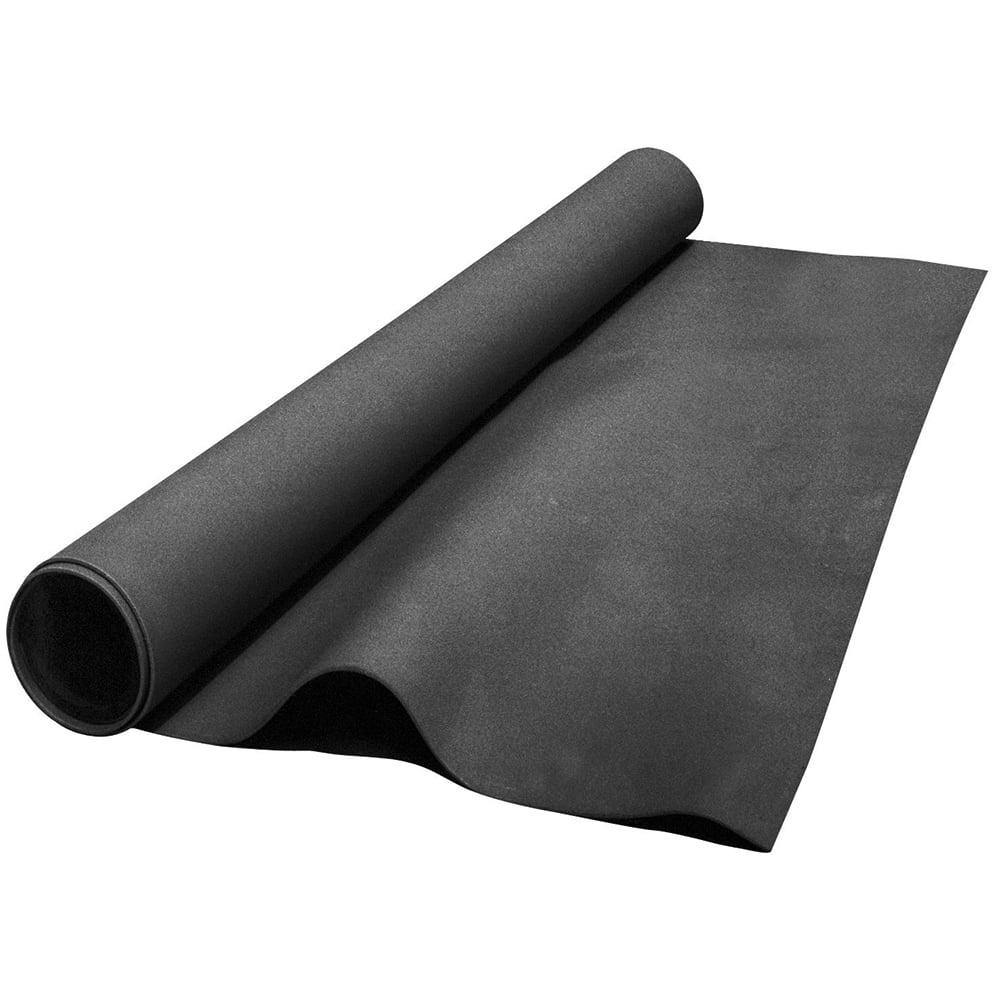

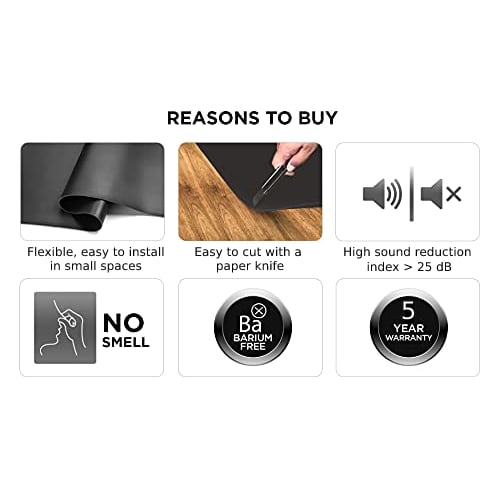
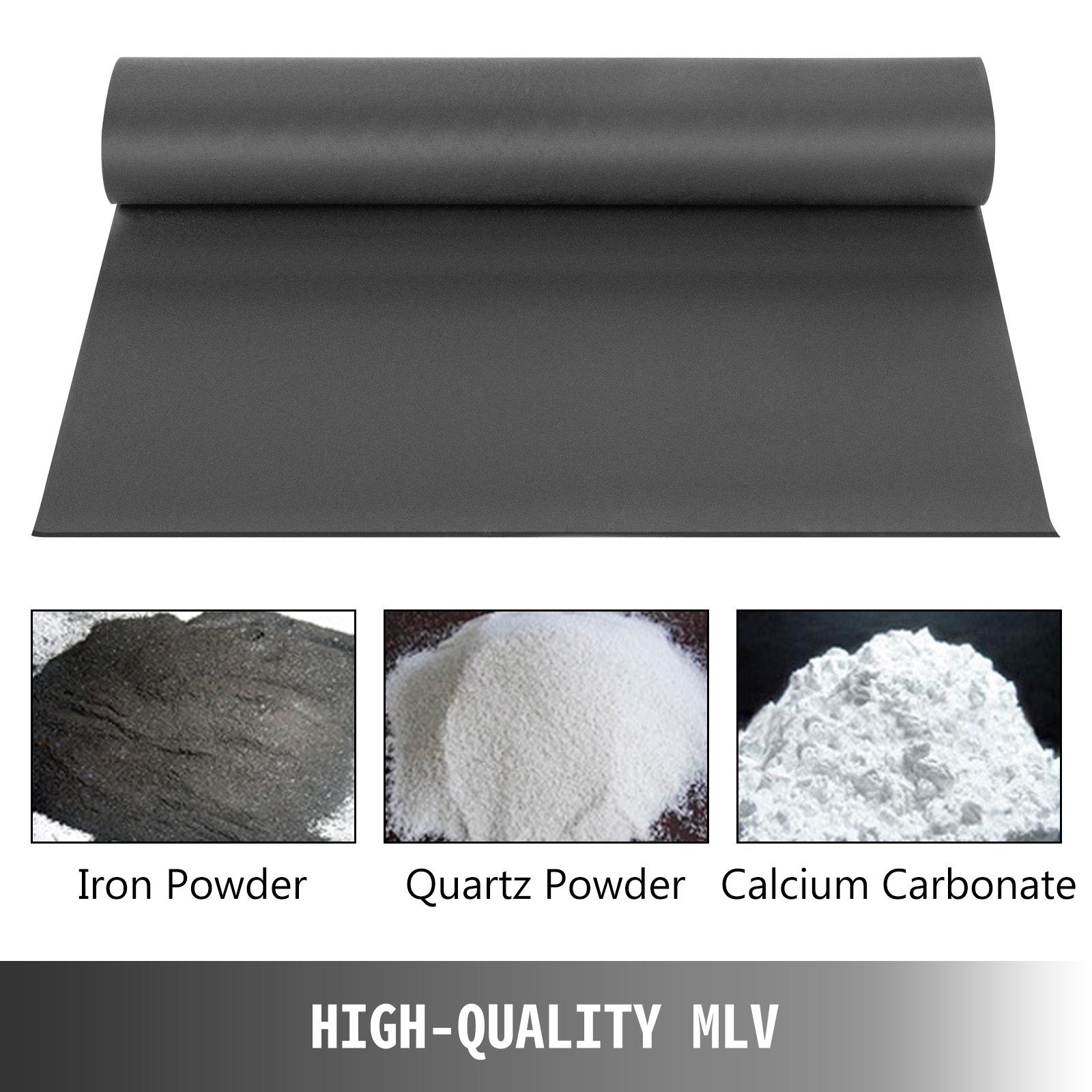
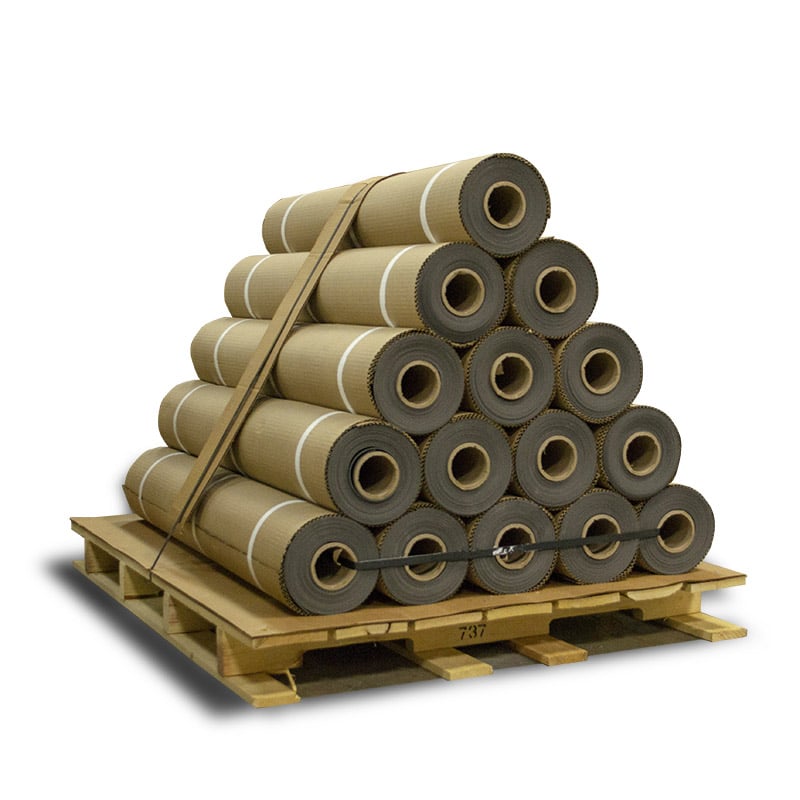
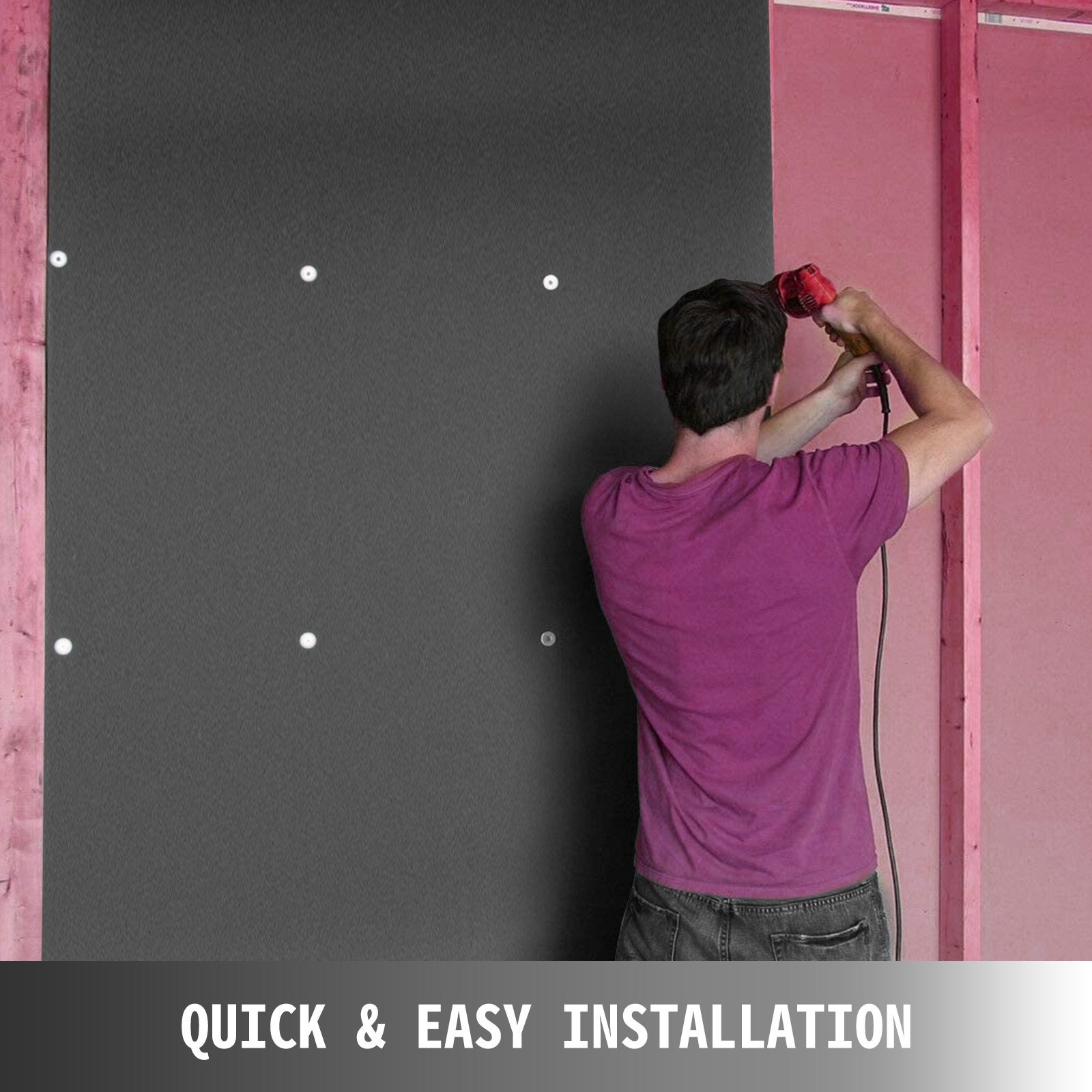
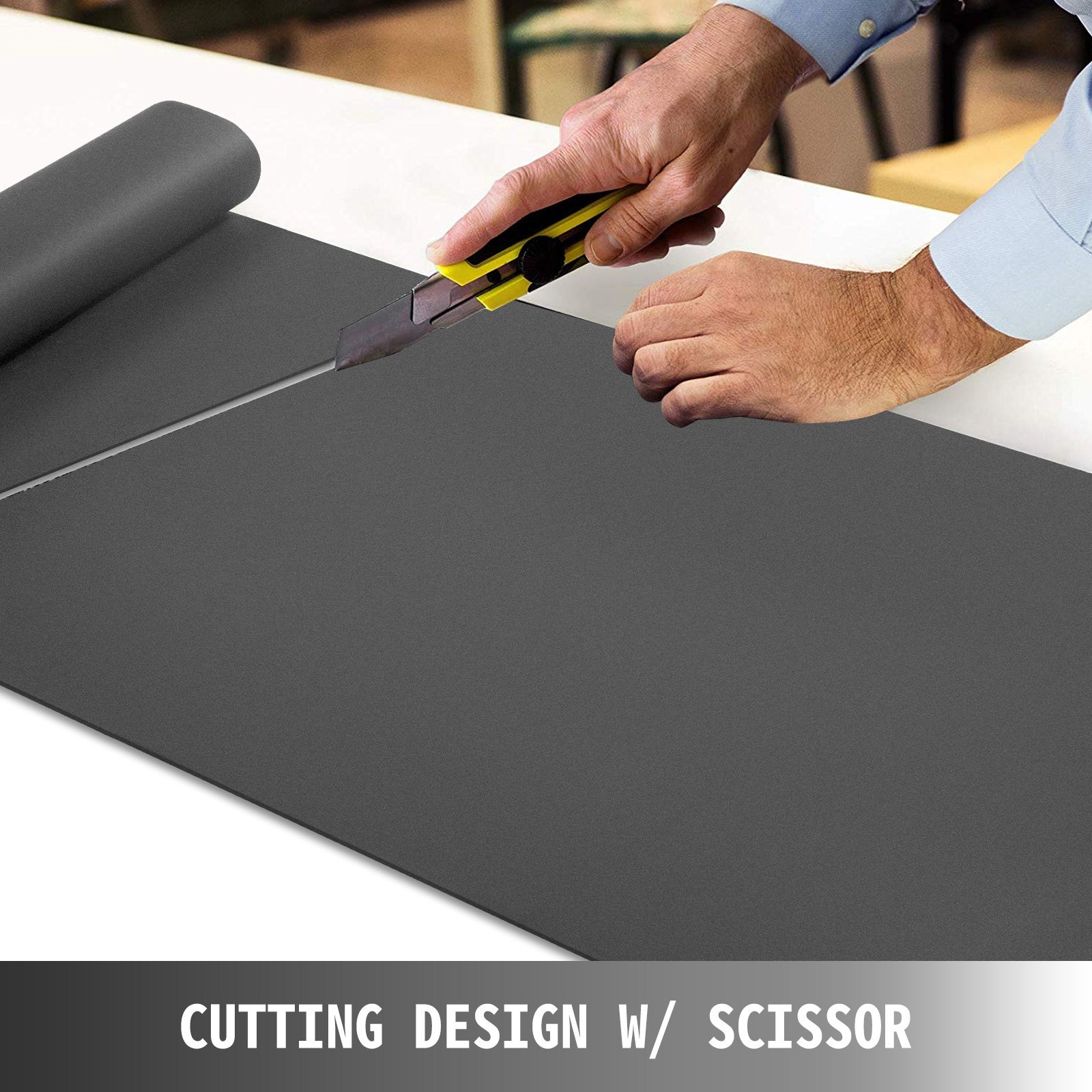
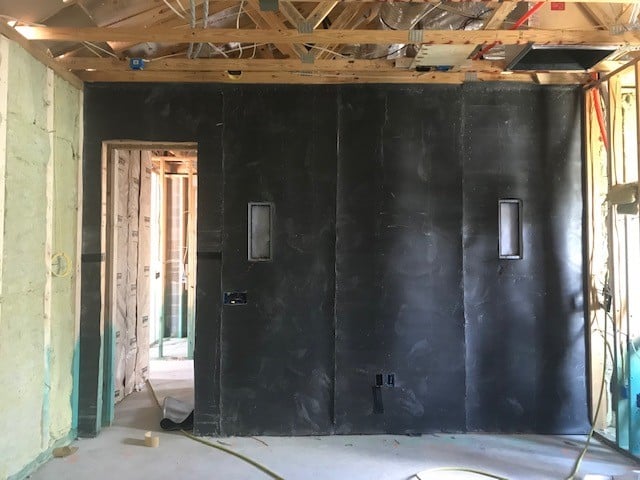
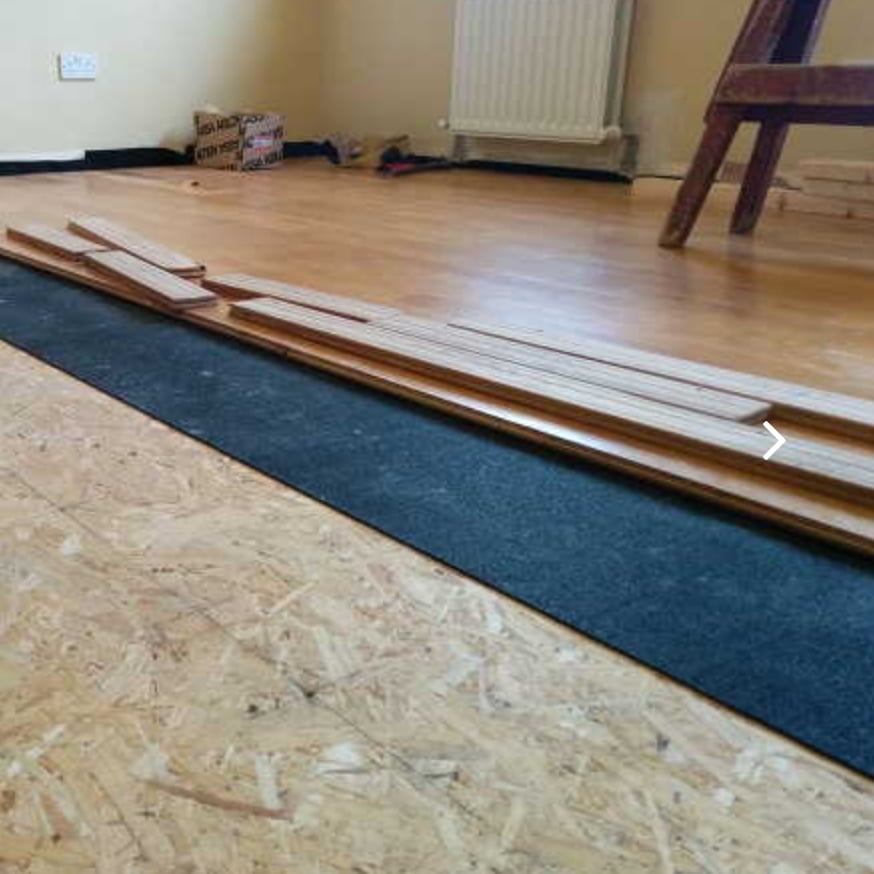
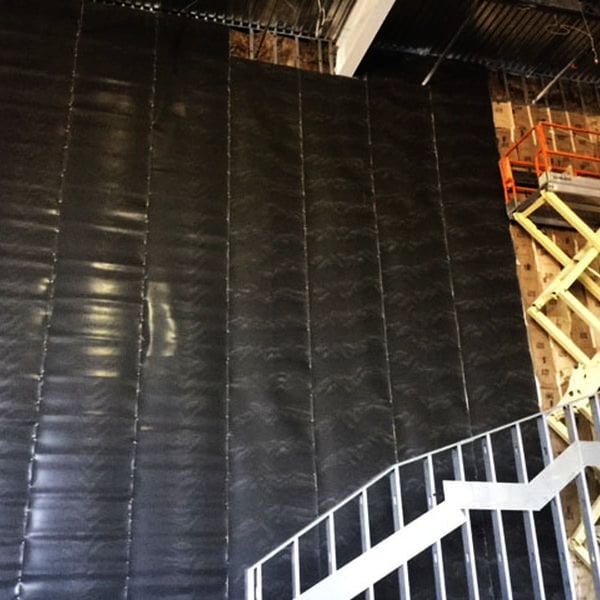

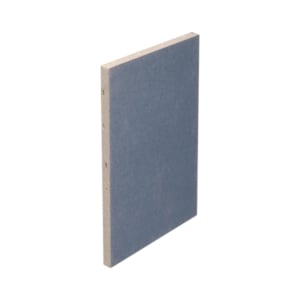
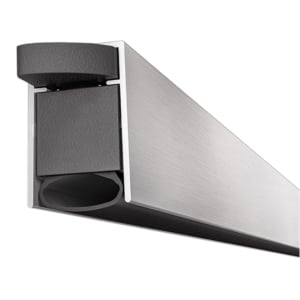
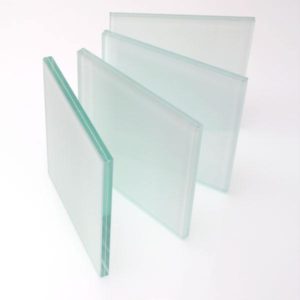
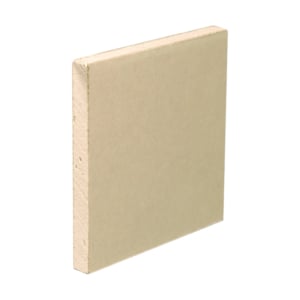
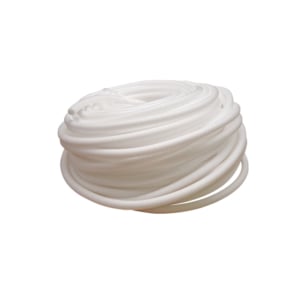
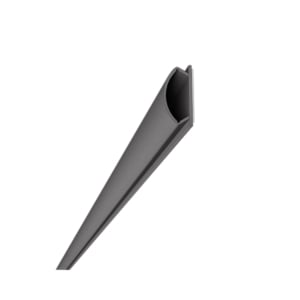
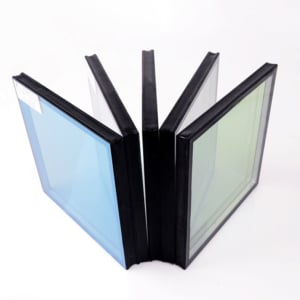
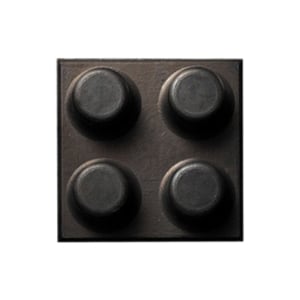
Abhinav Kulkarni –
Not much to say, it is odour free, heavy like it should be, and the material was clean and cut well. No shipping problems or damage, delivered safely by Blue Dart. This particular mlv according to datasheet has pretty good blocking abilities across a wide frequency range of sound, using it in my studio build.
(0) (0) Watch Unwatch
Sunil Sharma –
While installing a Home theatre on my second floor. I chose Isobrane as an additional sound barrier. I am happy that I did. The theatre is directly above master bedroom but this sheet blocks probably at least 10db of noise by itself. My floor is built with MLV followed by high density rockwool 160kg in aluminium frame and then 25mm cement sheet. Finished off most vibrations and noise.
(0) (0) Watch Unwatch
Ar. Susmita Banerjee –
Using this inside office partitions to block noise. Works very well and easy for my carpenters to peel and stick.
(0) (0) Watch Unwatch
Kumar Aswani –
Placing a layer of this above my false ceiling along with high density GeoWool 160kg gave me good results in muffling the sound coming from the neighbour above me. I also added second layer of gypsum to false ceiling on recommendation of acoustic consultant. The sound has reduced almost 80% and now I can sleep.
(0) (0) Watch Unwatch
Paresh Shah –
Installed this on both shared walls with my neighbour in my new Lodha apartment and it has greatly reduced the noise. Before installation you could hear full conversations through the wall which was very embarrassing but now you can barely hear anything unless they play very loud music. I followed the installation detail mentioned in knowledgebase on aural exchange.
(0) (0) Watch Unwatch
D Srinivasan –
This is some of the densest material on the planet! It’s extremely heavy and blocks all highs/mids and lows down to about 60hz. As an acoustic designer I use these in all my custom-made bass traps. With 2.5mm I get a range of 80hz to 120hz and if I double it up I get a bass trap working between 60hz to 80Hz. This material is also perfect for sound-insulating walls and partitions if space is a problem. Real MLV, not rubber. Appreciate it.
(0) (0) Watch Unwatch
Anurag Mittal –
This stuff really works as described… asked my interior designer to put it inside our gypsum partitions during our renovation where we extended the open kitchen cum dining area right upto the wall of my children’s bedroom with a TV mounted on the other side… now during get togethers … no tv noise to be heard. You should note that this stuff is HEAVY when you are installing it… it is dense and when you put it on the wall atleast two people have to hold it until the fevicol sr dries.
(0) (0) Watch Unwatch
Venkat Prabhu –
Big mistake: thinking it would be a good idea and really cool for my child to learn the drums. They’re loud. Really loud.
Second lockdown… DIY project… drum room. Enter Aural Exchange. Their website is helpful. The knowledgebase on their website is helpful. The prices for materials I could get elsewhere are competitive enough. But they deliver it all together. Our neighbours appreciate it.
(0) (0) Watch Unwatch
Shawn D’Mello –
Product excellent, service excellent. Needs two people to hold while sticking – not easy!
(0) (0) Watch Unwatch
Vineet Bailur –
I was absolutely amazed at the noise reduction, I reckon it is at least 10 decibels quieter…my neighbour cannot hear my kids running arund any more. Using below my existing vinyl flooring boards.
(0) (0) Watch Unwatch
Deepak Kajaraia –
After being cheated twice by getting rubber instead of MLV on indiamart, I’ve found a good affordable mlv. Super quality and approved by our consultants and architects.
(0) (0) Watch Unwatch
Prathamesh M. –
It’s exactly what i wanted, simple and effective barrier that blocks airborne noise and solves vibration problems.
(0) (0) Watch Unwatch
Naginder Wadhwa –
Good job with delivery! Adding two layers on my door (one on each side) has improved the sound leakage. Was difficult sticking it to the door because it is super heavy but I managed with some help. Needs two people minimum to handle or you will break your back.
(0) (0) Watch Unwatch